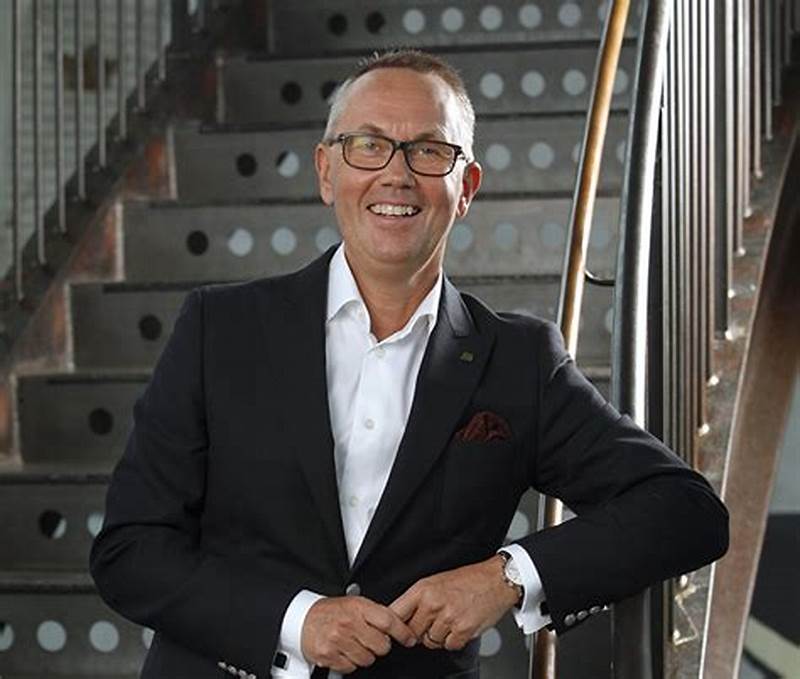The Frankenberg cinema stood empty for nine years before the “Welt-Theater Frankenberg” association was founded in 2009. The cinema must shine again in its historical splendor and express the love of cinema. MDR SACHSEN journalist Anett Linke took a look behind the scenes and not only discovered old cinema projectors from 1937.
Thomas Zschemisch takes me on a journey through time. Since 2009, he and the “Welt-Theater Frankenberg” association have lovingly restored the old cinema and restored it to its historic appearance. And the technology hasn't been modernized either. “This noise and this flicker simply belong to the screen. That’s what cinema is,” attempts to put this enthusiasm into words.
Film premiere of a Defa fairy tale in Frankenberg
He first takes me to the main stage, from where we have a good view of the room. “When we started, there wasn’t a single seat,” says Zschemisch. “The floor was covered in a centimeter-high layer of dust and the screen was broken.” First of all, the people involved moved the screen back a little. In GDR times, the screen was moved forward to reduce the distance to the film projectors.
There is a piano on stage and Zschemisch vividly tells me how it was once used to accompany the film at a silent movie night. The premiere of the Defa fairy tale film “How to Marry a King” also took place here in 1969. “The director and some actors were there,” says Zschemisch.
Historic film technology you can touch
After inspecting the scene, he leads me to a gallery above the audience. There is an old film technology here that the club members have gradually implemented. Among other things, there is also a kind of home cinema system from the 1920s. “In order for the film to run, it had to run at the same speed all the time,” explains Zschemisch. We're going to try it together and I'm happy to no longer have to turn the crank to enjoy the movie.
Projection room with technology from 1937
Let's now enter the heart of the cinema, which spectators are not used to seeing: the projector room. Zschemisch proudly shows me the two large devices from 1937. “They are still used as they were then,” he says. “We only had to replace the light bars they were previously working with due to the fire risk.”
The entire projector room has been classified as a technical monument. Both projectors are required to view movies. Rolls of 35 millimeter film each hold approximately 20 minutes of film. They must then be changed. So that there is no interruption in the film, the two projectors alternate. “In the best case, you have a continuous image and no one notices anything,” says Zschemisch.
We had a break in the film, the film stopped and the temperature melted the film in front of the lens. And this font was exactly what you saw on the screen. The audience applauded and has been repeating ever since: “We want a film tear.”
Thomas Zschemisch | Cinema projectionist at the Welt-Theater Frankenberg
As soon as you insert the film, you realize that showing a film in cinemas around the world is not that simple. Thomas Zschemisch learned to use it from a trained projectionist. However, mistakes have already happened to him. “The film broke, the film stopped, and the temperature melted the film in front of the lens,” he says. “And that font was exactly what you saw on the screen.” The audience applauded and has been asking for a review of the film ever since.
The association receives the films themselves from the Federal Cinematheque or from the archives of major film distributors. “35 millimeter films are normally no longer available for rental,” explains Zschemisch. “But now we have good contacts and can get a lot of film.”
Historic emergency power system with acid tanks
After the projection room, Zschemisch shows me the third reason, after the historic stage and the projection room, why the Théâtre du Monde is a listed monument: the emergency power supply system. This system is also original and dates from 1937. It opens a wooden door and shows me a small room filled with glass containers containing a liquid. “It contains a mixture of acid and distilled water,” he explains. There are also lead plates inside, separated by wooden plates. “You can imagine it like a car battery, except the whole thing is open,” explains Zschemisch.
According to Zschemisch, this system is tested every two years. “We don’t know how long it will be able to produce electricity,” he said. “Until now, we have always stopped testing after three hours and everything has always gone smoothly.”
The cinema offers movie evenings, readings and school projects
After the visit, we find ourselves in the cozy foyer. I also meet other members of the club there. In total, 35 people are involved in cinema on a voluntary basis. A movie night takes place approximately every two months. There are also readings and concerts. And schools can also teach their lessons at the cinema: “For example, physics on the projectors or chemistry on the emergency power system,” explains Zschemisch,
Since some members work full-time in the social sector, cooperation has developed with the Saxon Social Academy (SSA). “For example, future educators supported us during our Advent cinema day,” explains Burkhard Werner. It's a good solution for both parties. SSA students could test their theoretical knowledge on “real people” and the cinema could set up other proposals in addition to the film, such as a craft street.
A breakdance team saves cinema from extinction
The club also makes the stage available to the in-house breakdance team of around sixty children so that they can practice twice a week. When the coronavirus pandemic almost meant the end of cinema, the dancers launched a rescue operation. “We were faced with the decision to dissolve the club because we were financially exhausted,” says Zschemisch. The Breakdance Crew's online fundraising appeal raised enough money to cover operating costs and maintain their shared home.
This topic on the agenda:MDR SACHSEN – La Sachsenradio | Regional reporting from the Chemnitz studio | January 3, 2023 | 2:30 p.m.

“Bacon nerd. Extreme zombie scholar. Hipster-friendly alcohol fanatic. Subtly charming problem solver. Introvert.”






